Chronicle of Jeonju Hanok Village
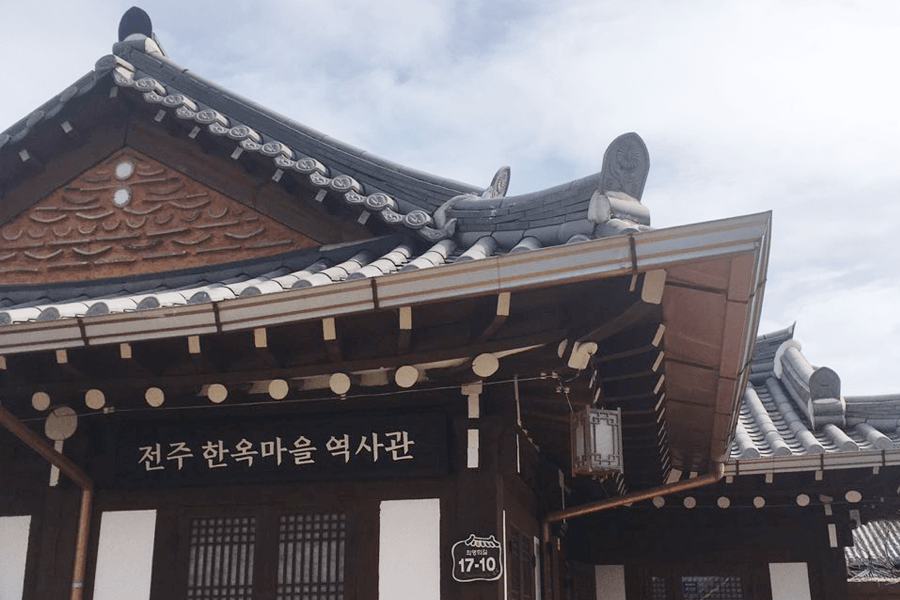
Around ten million people visit Jeonju Hanok Village, also known as one of the most popular tourist destinations in Korea, UNESCO City of Gastronomy, Slow City, etc. However, it seems that most of the visitors are unaware of the rich history of this time-honored district. This is regrettable, because the more you know, your visit will be more enjoyable.
Recently, the city of Jeonju has opened “Chronicle of Jeonju Hanok Village”, a local historical museum, to help both the visitors and locals to better understand Jeonju Hanok Village. This week, I will introduce this newest addition.

Harboring the memories of Jeonju Hanok Village
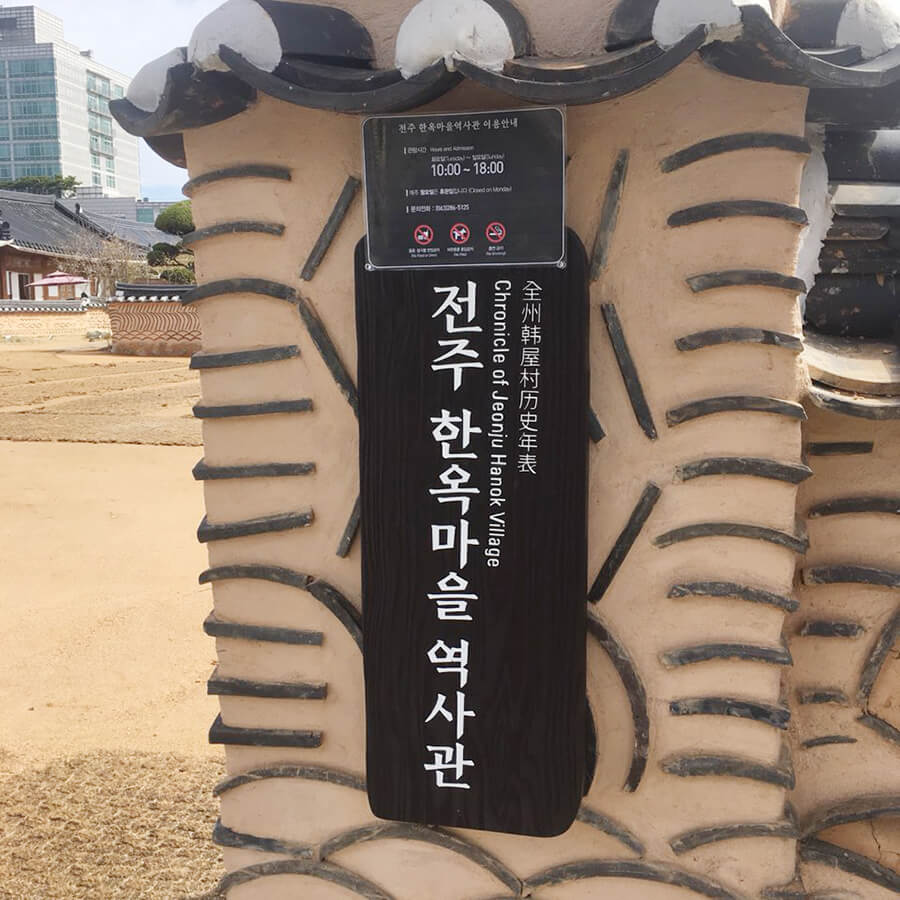
Chronicle of Jeonju Hanok Village is a space that shares the memory of this historical district with the tourists and locals. Since affection and interest tend to decline as memories fade away, the locals felt the need to preserve and inherit the memories of Jeonju Hanok Village. Therefore, last January, Chronicle of Jeonju Hanok Village opened. Here, you’ll come across the memories that the spaces of the Hanok Village and those who once dwelt in them have kept carefully for ages.
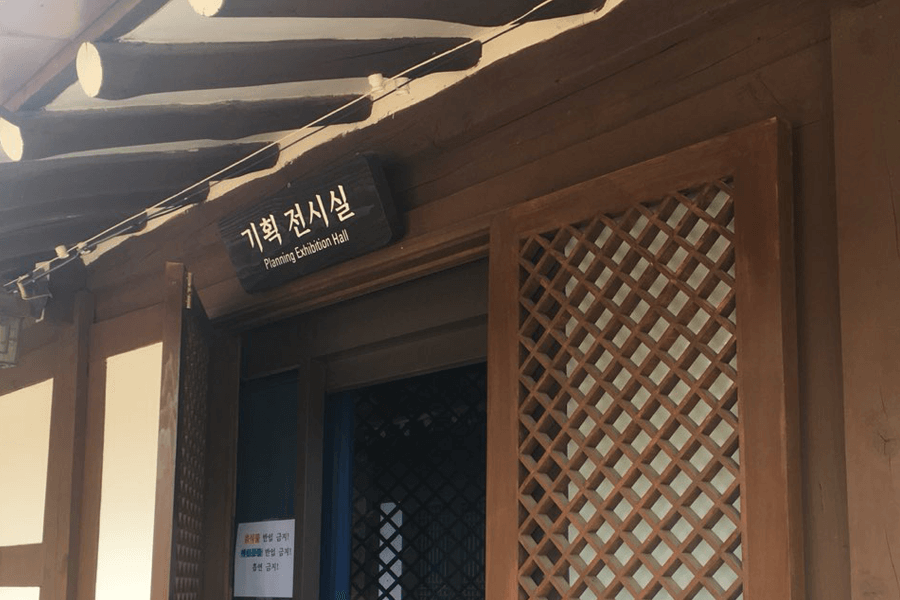
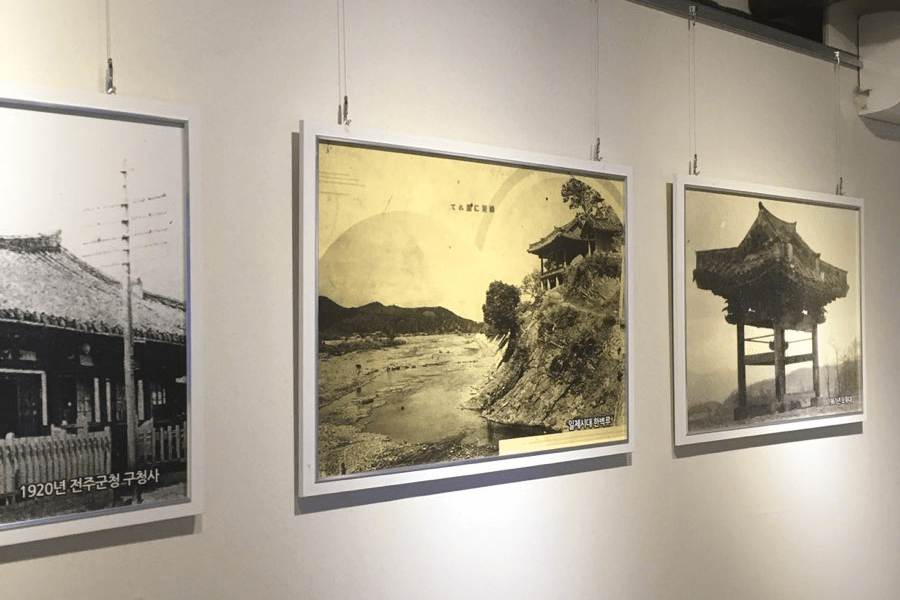
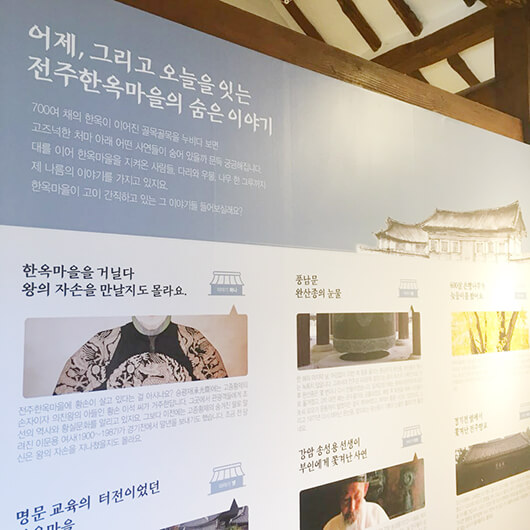
Chronicle of Jeonju Hanok Village consists of special exhibition and permanent exhibition. The main subject of the permanent exhibition is Jeonju Hanok Village. The information board list the stories of the Hanok Village that even most locals didn’t know: the never-drying ‘Ssangsaem’ spring, how the large corporations like ‘Munhwa’ and ‘Baekyang’ started their business here, the 600-years old gingko tree has finally reproduced its offspring, and the like.
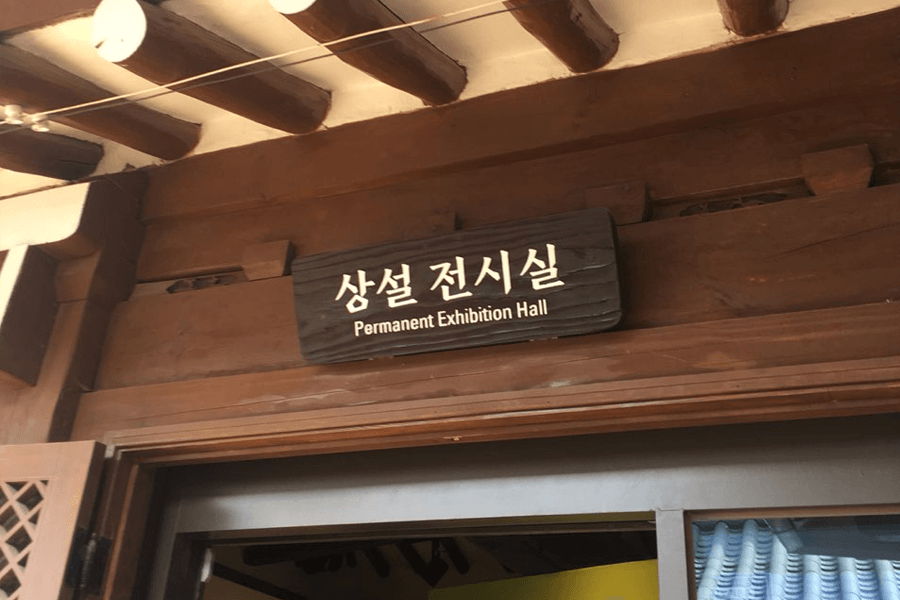
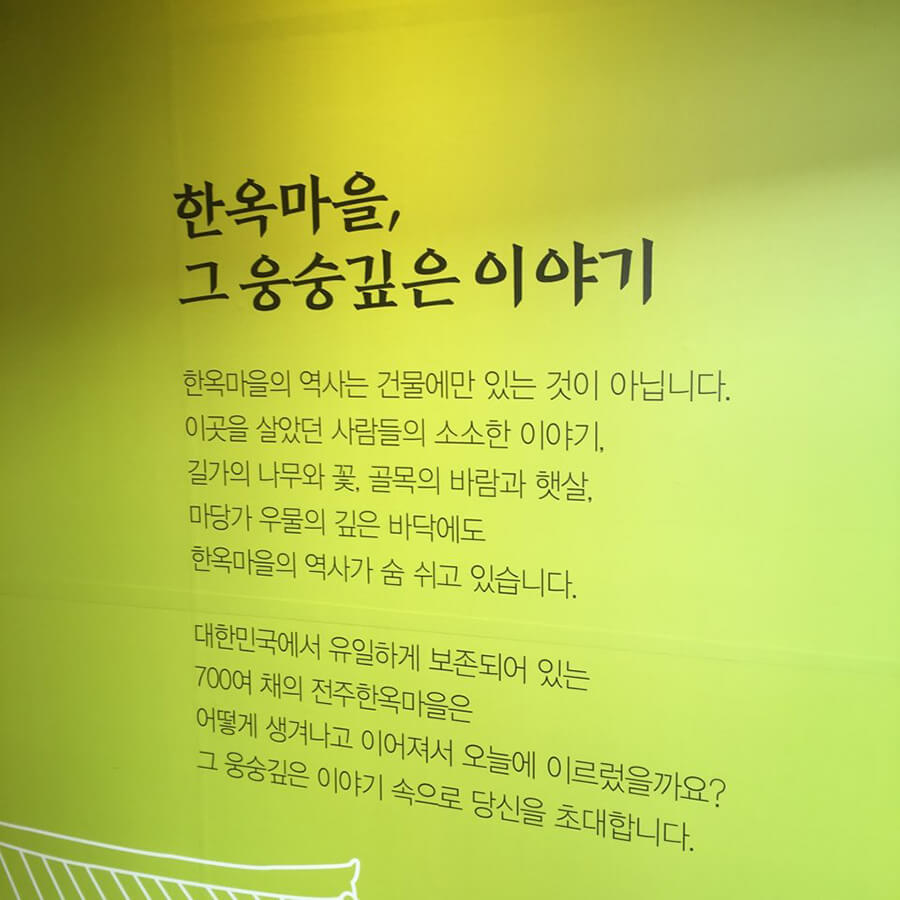
Did you know that ‘Hwangson’ (the grandson of the late Emperor of Joseon Dynasty) lives in Jeonju Hanok Village? The information board says that Mr Lee Suk, the grandson of Emperor Gojong, lives in Jeonju Hanok Village and you might run into him.
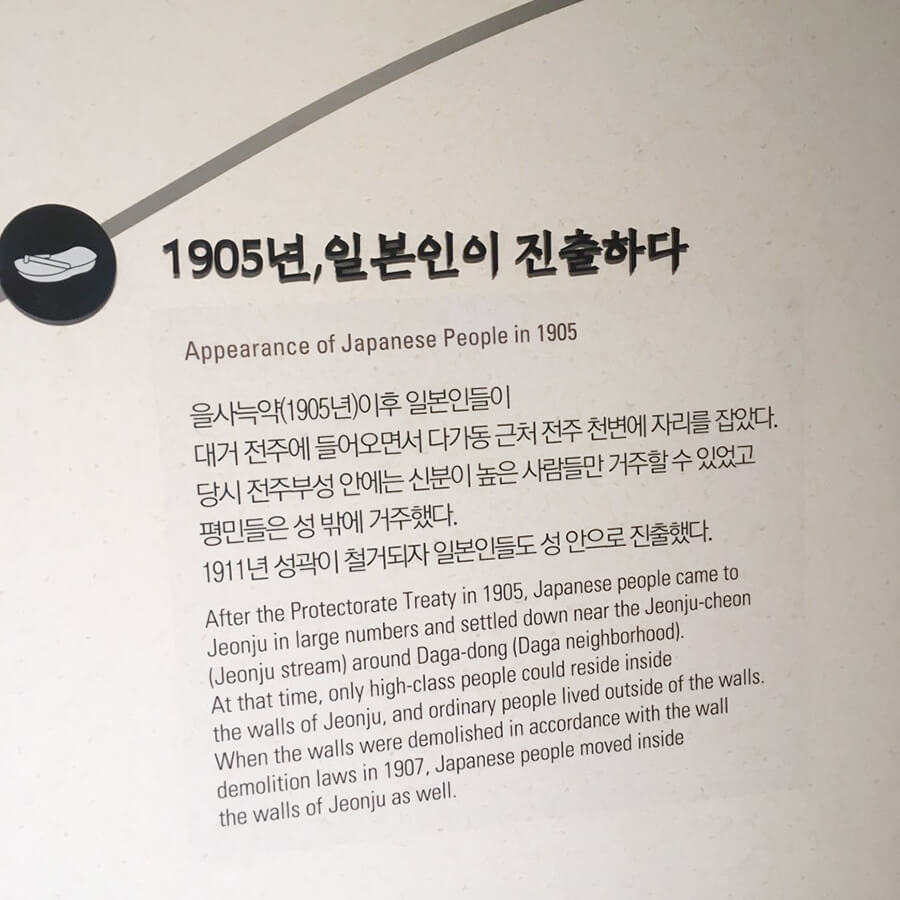
The permanent exhibition also shows how Jeonju Hanok Village started and how the village was able to preserve most of its originality. I personally liked the storytellings of this space.
So, this is a brief history of the district.
After Korea became Imperial Japan’s protectorate in 1905, many Japanese moved to the outskirts of the wall surrounding Jeonju. Since the people of Jeonju used to take pride in being the city of ‘yangban’ (Confucian scholar-aristocrats), the Japanese, who were mostly merchants, could not expand inside the wall. However, as the wall was forcibly removed to pave roads to nearby Gunsan port, they started moving into the districts which used to be the inside of the wall.
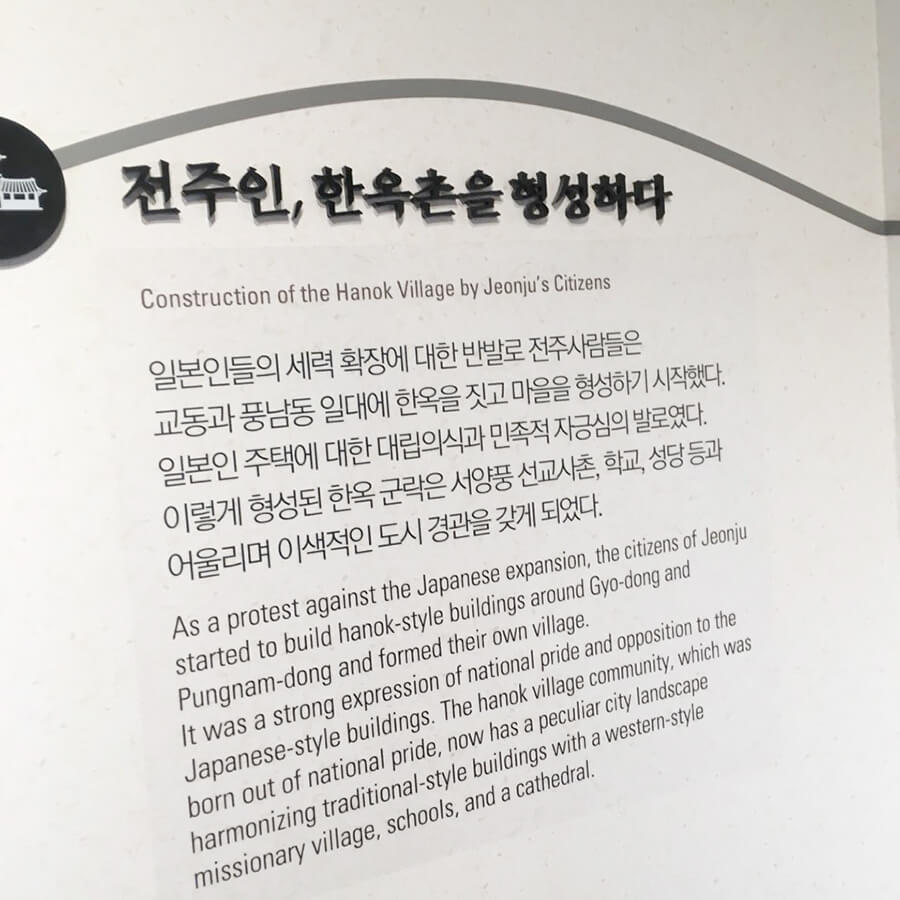
Around 1930s, to check against Japanese expansion into the city, the locals started constructing the village of hanok (Korean traditional house) in the current Gyo-dong and Pungnam-dong districts. These hanoks sprung up around Western-style buildings like the famous Jeondong Cathedral and formed such peculiar prospect that we see today: the wave of Hanok roofs joining Western-style buildings.

For those curious about the local history, and especially for those from outside the town or Korea, I definitely recommend visiting Chronicle of Hanok Village. This place will enrich your visit to Jeonju.

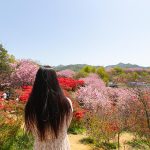
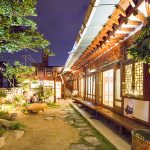

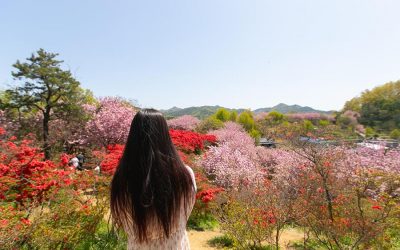

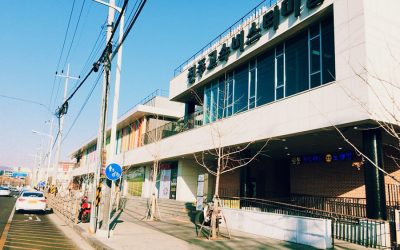
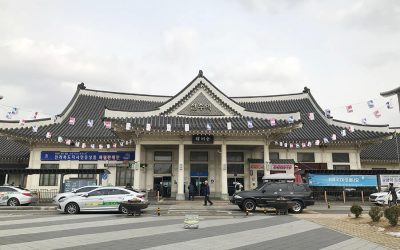
Recent Comments